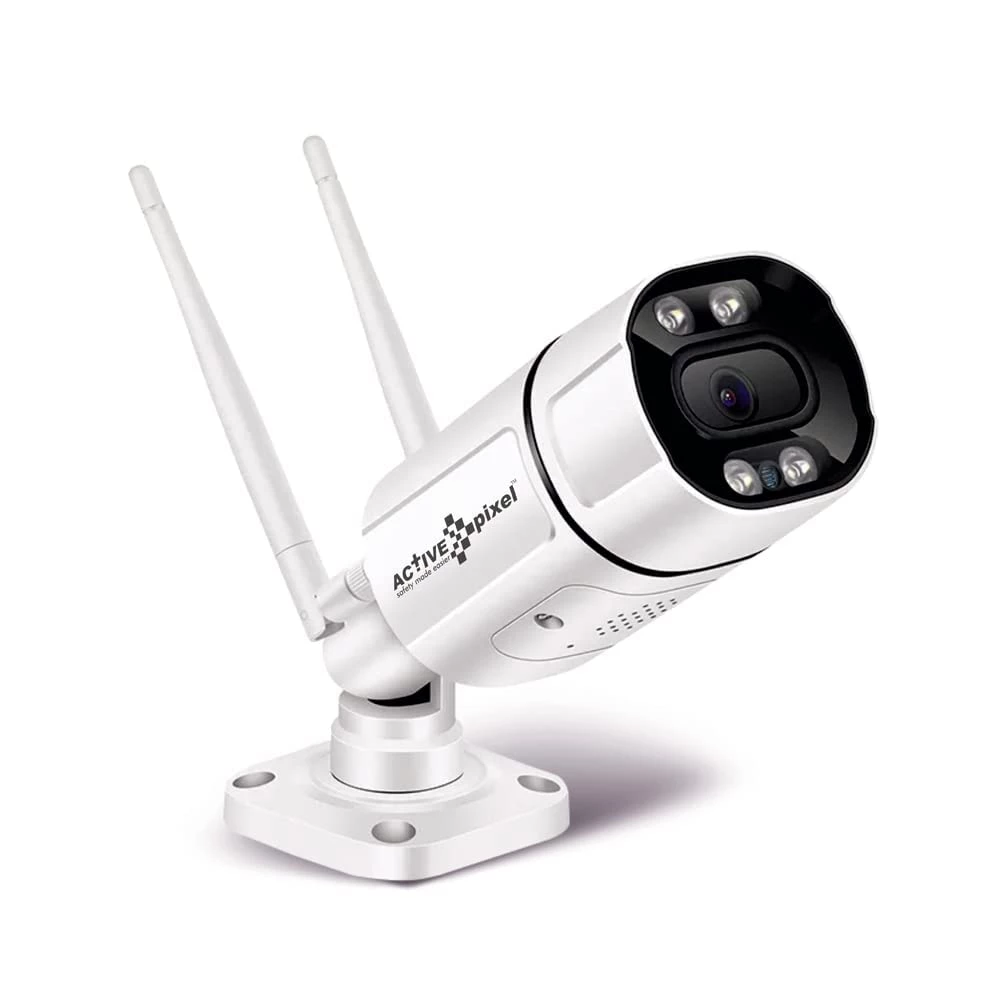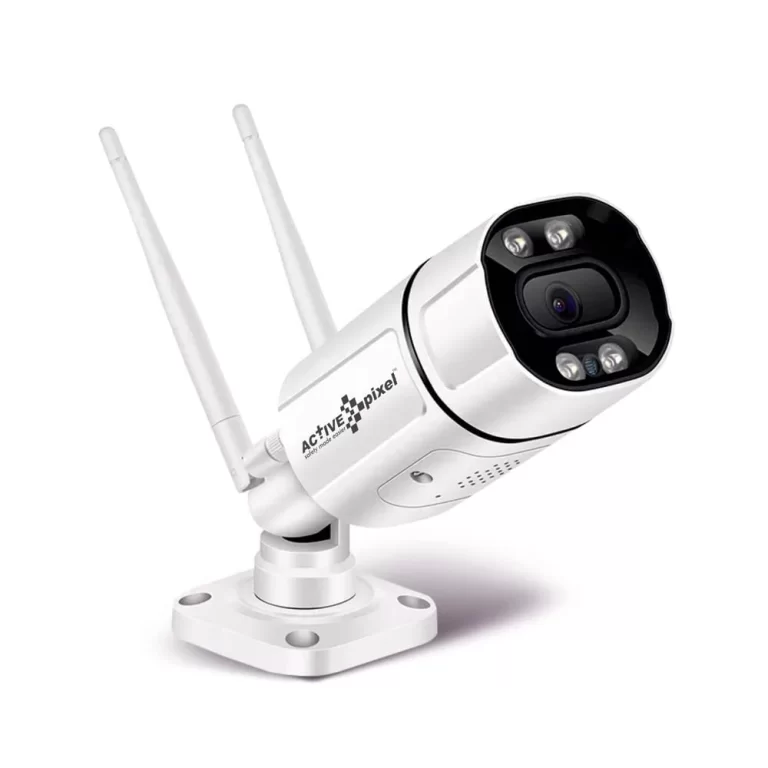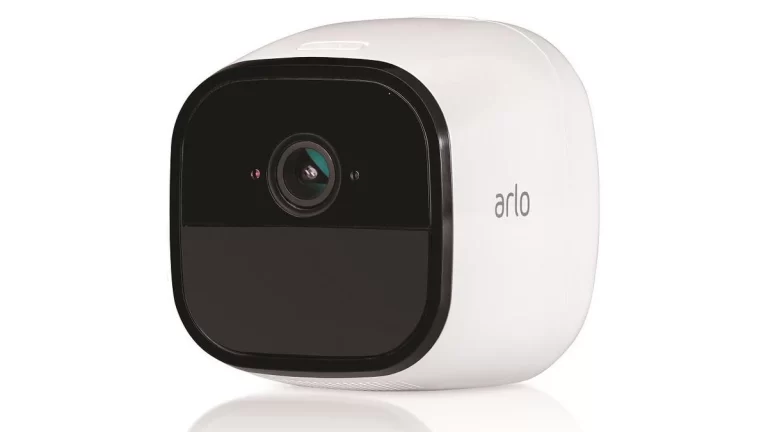Understanding Wireless CCTV Cameras: Installation and Setup
These advanced wireless CCTV cameras offer numerous benefits over their wired counterparts, providing flexibility, ease of installation, and seamless integration with smart home systems.
This article explores the features, advantages, and considerations associated with wireless CCTV cameras, guiding readers toward making informed decisions for their security needs.

Understanding Wireless CCTV Cameras
Wireless CCTV cameras, also known as Wi-Fi cameras, utilize wireless technology to transmit video and audio signals to a designated receiver or network device.
Unlike traditional wired cameras that require physical connections, wireless CCTV cameras can connect to the internet via Wi-Fi or cellular networks.
They capture high-resolution footage and provide real-time monitoring capabilities, enabling users to remotely view and manage their security systems through smartphones, tablets, or computers.
Benefits of Wireless CCTV Cameras
Here are the benefits of wireless CCTV cameras:
1. Flexibility and Easy Installation
One of the key advantages of wireless CCTV cameras is their flexibility in terms of placement.
Without the need for extensive wiring, these cameras can be installed in various locations, both indoors and outdoors, depending on the security requirements.
The absence of cables not only reduces installation time and effort but also allows for greater customization and adaptability.
2. Remote Access and Monitoring
Wireless CCTV cameras offer remote access and monitoring, allowing users to keep an eye on their property from anywhere with an internet connection.
With dedicated mobile applications or web interfaces, individuals can view live video feeds, playback recorded footage, receive motion detection alerts, and even control camera movements remotely.
This feature provides enhanced convenience and peace of mind, particularly for frequent travelers or homeowners who want to monitor their property while away.
3. Scalability and Expandability
Wireless CCTV systems are highly scalable and expandable, accommodating the evolving security needs of users.
Additional cameras can be easily incorporated into the network without the limitations imposed by physical wiring.
Whether it’s a small residential setup or a large-scale commercial installation, wireless CCTV cameras can be effortlessly integrated and expanded as required.
4. Discreet and Aesthetically Pleasing
Due to their wireless nature, these cameras offer a discreet and aesthetically pleasing solution for surveillance.
Without visible cables and wiring, wireless CCTV cameras blend seamlessly into their surroundings, minimizing their impact on the overall aesthetics of the property.
This feature is particularly valuable in residential areas where homeowners desire security without compromising the visual appeal of their homes.
Factors to Consider when Choosing a Wireless CCTV Camera
Factors to consider when choosing a wireless CCTV camera:
1. Image Quality: Look for cameras that provide high-resolution video and excellent image clarity for accurate identification and monitoring.
2. Night Vision: Ensure that the camera has infrared (IR) capabilities for clear footage in low-light or nighttime conditions.
3. Weather Resistance: If the camera will be installed outdoors, select a weatherproof model capable of withstanding various environmental conditions.
4. Storage Options: Consider the camera’s storage options, such as local storage or cloud-based storage, to ensure sufficient space for recording and playback.
5. Wireless Range and Signal Strength: Evaluate the camera’s wireless range and signal strength to ensure reliable connectivity throughout the desired monitoring area.
6. Power Source: Determine whether the camera operates on battery power or requires a wired power source, considering the feasibility and convenience of each option.
Installation and Setup Process
Installing a wireless CCTV camera involves the following steps:
1. Determine the optimal camera placement based on your security requirements.
2. Ensure a stable Wi-Fi network or cellular connection in the camera’s location.
3. Power on the camera and follow the manufacturer’s instructions to connect it to the network.
4. Configure camera settings and personalize preferences through the associated mobile application or web interface.
5. Test the camera’s functionality and adjust its position if necessary.
Best Practices for Optimal Performance

To maximize the performance of your wireless CCTV camera system, consider the following best practices:
1. Regularly update the camera’s firmware to ensure compatibility, security enhancements, and improved functionality.
2. Optimize the Wi-Fi network by placing the router in a central location and minimizing signal interference from other devices.
3. Use strong and unique passwords to protect the camera’s access and prevent unauthorized usage.
4. Position cameras strategically to cover vulnerable areas while avoiding obstructions and glare.
5. Clean the camera lenses regularly to maintain optimal image quality and clarity.
Integration with Smart Home Systems
Wireless CCTV cameras can seamlessly integrate with smart home systems, providing an interconnected security ecosystem.
By integrating with platforms such as Google Assistant, Amazon Alexa, or Apple HomeKit, users can control their cameras through voice commands and include them in automation routines.
This integration enhances the convenience and accessibility of security monitoring, creating a more efficient and interconnected smart home environment.
Overcoming Challenges with Wireless CCTV Cameras
While wireless CCTV cameras offer numerous benefits, they also present certain challenges that users should be aware of:
1. Interference and Signal Weakness
Wireless signals can be affected by physical barriers, distance, and interference from other devices. Ensure a strong Wi-Fi signal or consider using signal extenders or mesh networks for optimal coverage.
2. Power Source Dependence
Wireless cameras require a power source, either through batteries or wired connections. Ensure regular battery replacement or select cameras with long-lasting battery life for uninterrupted surveillance.
3. Cybersecurity Risks
Connected devices, including wireless CCTV cameras, can be vulnerable to cybersecurity threats.
Protect your cameras by using strong passwords, regularly updating firmware, and implementing security features provided by the manufacturer.
Future Trends and Innovations in Wireless CCTV Cameras
The field of wireless CCTV cameras continues to evolve, driven by technological advancements and user demands. Some emerging trends and innovations include:
1. Artificial Intelligence (AI) Integration
AI-powered cameras with features like facial recognition, object detection, and anomaly detection are becoming more prevalent, enhancing the accuracy and efficiency of surveillance systems.
2. Extended Battery Life
Manufacturers are focusing on developing wireless CCTV cameras with extended battery life, reducing the need for frequent recharging or battery replacement.
3. Higher Resolution and Enhanced Night Vision
Cameras with higher resolution and improved night vision capabilities are becoming more common, enabling users to capture detailed footage even in challenging lighting conditions.
4. Cloud-based Storage and Analytics
Cloud-based storage and advanced analytics are increasingly integrated into wireless CCTV systems, allowing for easy access to footage and intelligent insights.
5. Integration with IoT Devices
Wireless CCTV cameras are being integrated with other Internet of Things (IoT) devices, such as smart locks and sensors, creating a comprehensive and interconnected smart security ecosystem.
Conclusion
Wireless CCTV cameras have revolutionized the way we approach security surveillance.
With their flexibility, ease of installation, and remote monitoring capabilities, these cameras provide a convenient and efficient solution for safeguarding homes, businesses, and public spaces.
By understanding the features, benefits, and considerations associated with wireless CCTV, individuals can make informed decisions and take proactive steps toward enhancing their security.
READ ALSO!!!






